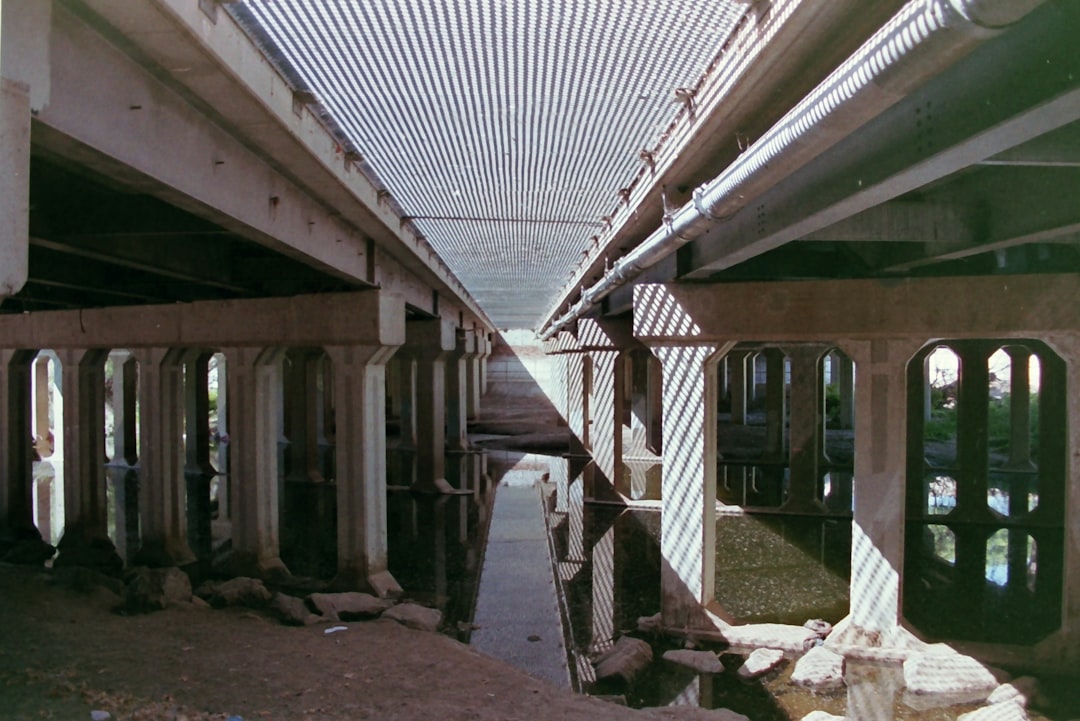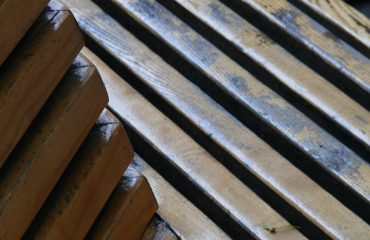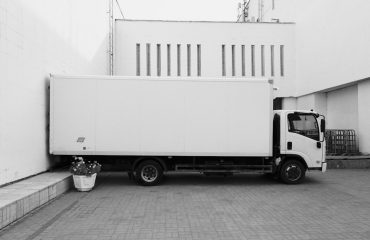The construction industry is undergoing a significant transformation, driven by the increasing demand for faster, more efficient, and sustainable building solutions. Prefabricated steel structures are at the forefront of this revolution, offering a compelling alternative to traditional construction methods. This comprehensive guide delves into the world of prefabricated steel, exploring its advantages, design process, applications, cost-effectiveness, and future trends.
The Advantages of Prefabricated Steel Structures
Prefabricated steel structures boast a multitude of advantages that make them an attractive option for a wide range of projects. These benefits extend across the entire lifecycle of a building, from design and construction to maintenance and eventual demolition. Key advantages include:
- Speed and Efficiency: Prefabrication significantly reduces construction time. Components are manufactured off-site in a controlled environment, allowing for parallel work streams and minimizing on-site delays caused by weather or material shortages. This translates to faster project completion and quicker return on investment.
- Cost-Effectiveness: While initial material costs might seem higher, the overall cost is often lower due to reduced labor costs, faster construction times, and minimized waste. The precision of prefabrication also limits the need for costly rework on-site.
- Durability and Strength: Steel is inherently strong and durable, resisting fire, pests, and extreme weather conditions better than many other materials. This results in longer-lasting structures with lower maintenance requirements.
- Sustainability: Steel is a highly recyclable material, contributing to a greener construction footprint. Prefabrication also minimizes waste generation on-site, further enhancing sustainability.
- Design Flexibility: Prefabricated steel structures offer remarkable design flexibility. Complex shapes and designs are achievable, allowing architects and engineers to create innovative and aesthetically pleasing buildings.
The Design and Manufacturing Process of Prefabricated Steel Structures
The design and manufacturing process of prefabricated steel structures is a meticulously planned and executed sequence of steps. It begins with detailed engineering and design using sophisticated software, ensuring precision and accuracy. This phase incorporates client requirements, building codes, and site-specific conditions. The design is then translated into detailed fabrication drawings that guide the manufacturing process. Components are fabricated off-site in a controlled factory environment, ensuring quality control and consistency. This process utilizes advanced technologies such as Computer Numerical Control (CNC) machines for precise cutting and welding. Once fabricated, components are transported to the construction site for efficient assembly.
Diverse Applications of Prefabricated Steel Structures
The versatility of prefabricated steel structures makes them suitable for a wide range of applications across various sectors. Some common applications include:
- Commercial Buildings: Warehouses, retail spaces, offices, and shopping malls benefit from the speed, cost-effectiveness, and durability of prefabricated steel.
- Industrial Buildings: Factories, workshops, and storage facilities often utilize prefabricated steel due to its strength and adaptability to heavy machinery and equipment.
- Residential Buildings: Prefabricated steel is increasingly used in residential construction, offering quick and efficient solutions for apartments, townhouses, and even single-family homes.
- Agricultural Structures: From barns and sheds to greenhouses and livestock housing, prefabricated steel provides robust and long-lasting solutions for agricultural needs.
- Infrastructure Projects: Bridges, overpasses, and other infrastructure projects can benefit from the speed and strength of prefabricated steel components.
Cost-Effectiveness and Return on Investment
While the initial investment in prefabricated steel structures might seem higher compared to traditional methods, the long-term cost-effectiveness is undeniable. The reduced construction time translates to faster project completion and quicker occupancy, leading to earlier revenue generation. Lower labor costs, minimized waste, and reduced maintenance expenses contribute to significant cost savings over the building’s lifespan. The durability and longevity of steel structures further enhance the return on investment, ensuring a long-term asset with minimal depreciation.
Future Trends in Prefabricated Steel Structures
The future of prefabricated steel structures is bright, with ongoing innovations pushing the boundaries of design, efficiency, and sustainability. Some key trends include:
- Increased use of advanced materials: High-strength steel alloys and composite materials are being incorporated to enhance structural performance and reduce weight.
- Integration of smart technologies: Sensors and IoT devices are being integrated into prefabricated steel structures for monitoring, control, and predictive maintenance.
- Modular and customizable designs: Modular designs allow for greater flexibility and customization, enabling the creation of unique and adaptable structures.
- Sustainable manufacturing practices: Emphasis is being placed on sustainable manufacturing processes, reducing carbon emissions and minimizing environmental impact.
- 3D printing of steel components: 3D printing technology is emerging as a potential game-changer, offering greater design freedom and efficiency in steel fabrication.
In conclusion, prefabricated steel structures represent a significant advancement in the construction industry. Their numerous advantages, coupled with ongoing innovations, position them as a key solution for creating efficient, sustainable, and cost-effective buildings for the future.




